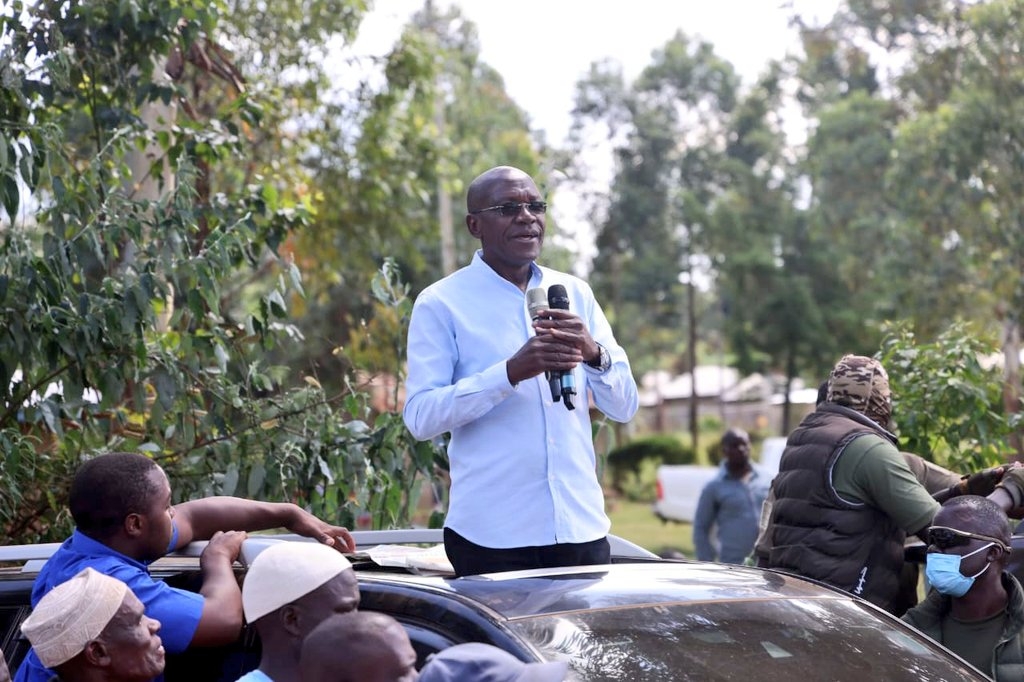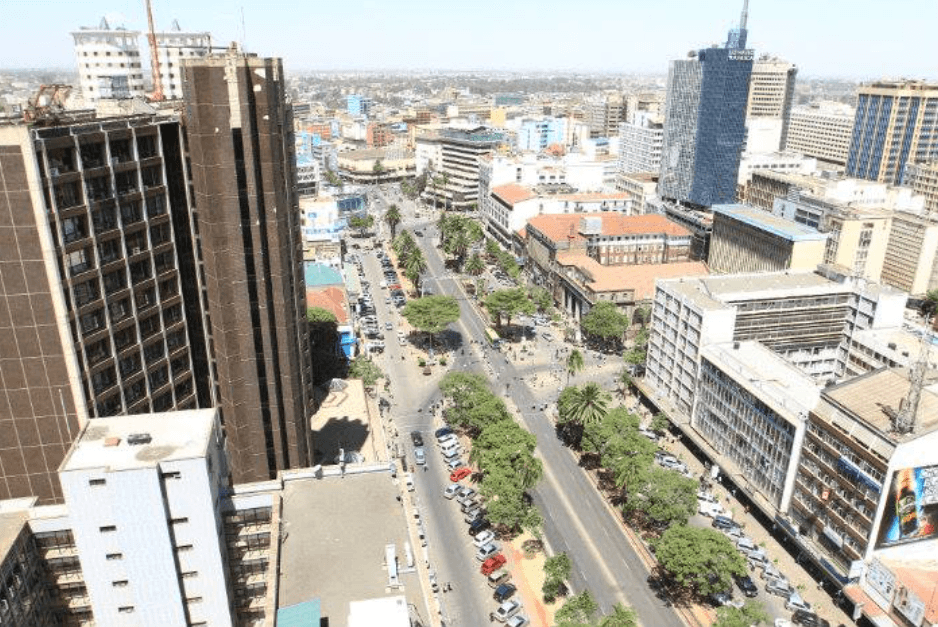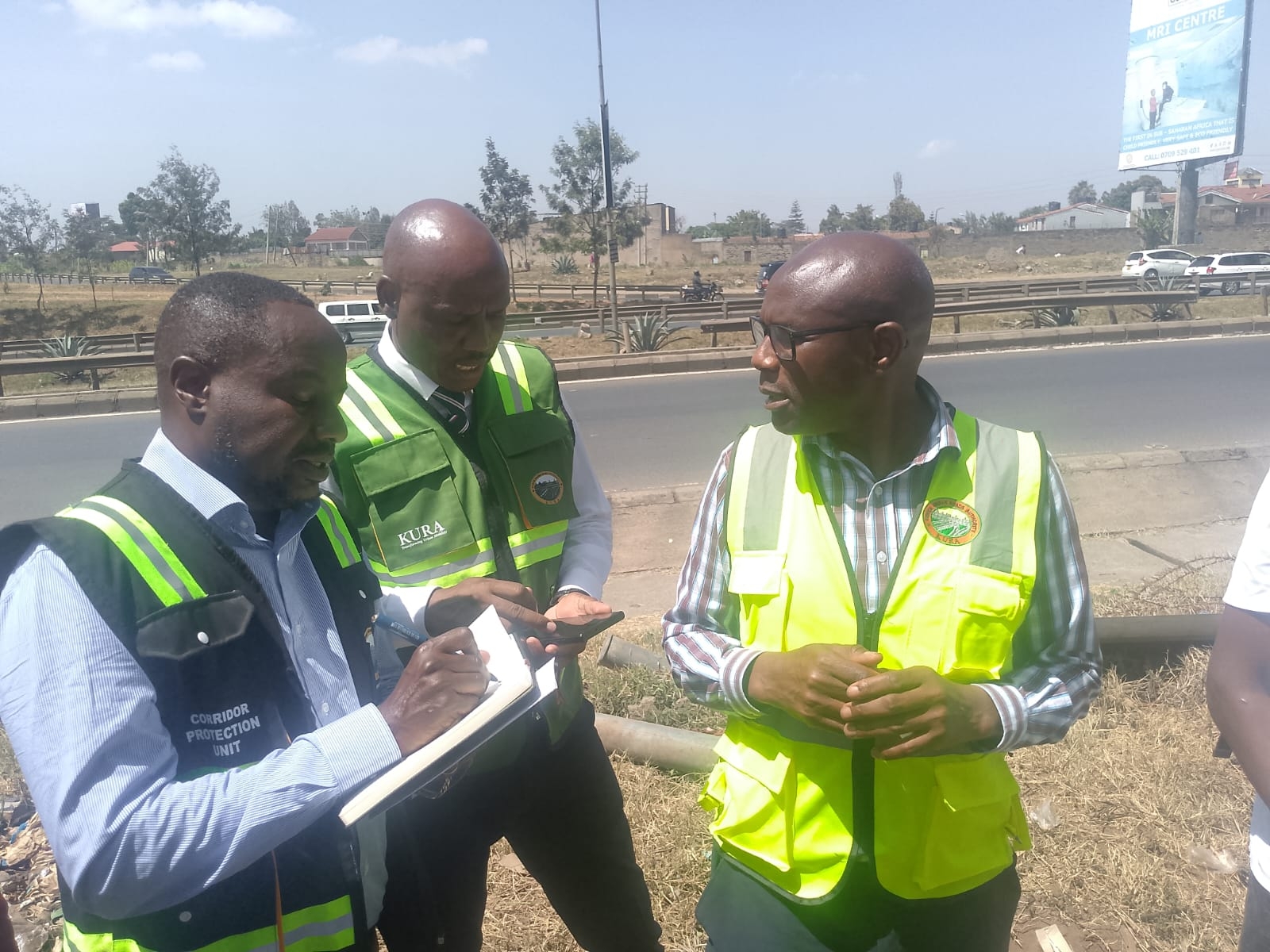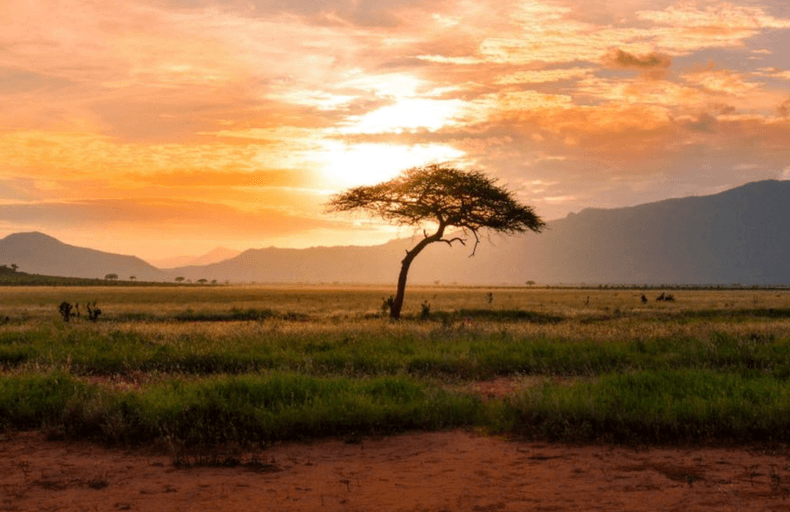New HIV infections among high school and college-age persons have remained stubbornly high despite the wide availability of prevention methods including condoms and Prep, the latest data shows.
Last year, 33 per cent of all new HIV infections were among people aged 15 to 24 years, the National Syndemic Diseases Control Council said.
In total, new infections among the young adults in that age bracket were 7,307 while overall 22, 154 Kenyans contracted the virus last year.
At least 2,225 young adults (15-24 years) died from HIV-related causes last year.
“We are concerned about the adolescents and the young people simply because there are things that affect them that put them at risk of HIV and Aids,” said Joyce Musimbi from NSDCC.
“When we look at HIV within our country, women aged between 10 to 24 years are approximately four times likely to get infected with HIV than young men. One of the reasons is intergeneration sex,” Musimbi added.
The report also shows progress to protect children from HIV has flatlined. At least 4,474 children aged less than 14 years were diagnosed with HIV last year.
NSDCC guidelines stipulate that a woman living with HIV should start treatment immediately to prevent the virus being passed on to the baby.
Newborn babies should be given ARVS for the first six weeks of life. This is enough to prevent a child from becoming infected in nearly all cases. But the infections show some mothers are never tested or they default on treatment.
Last year, there were 2,304 deaths of children from HIV-related infections.
According to the National Syndemic Diseases Control Council, Kenya has made significant investments to ensure adolescents and young people are educated, enjoy a healthy life, and attain their aspirations.
However, new HIV Infections, adolescent pregnancies and sexual and gender-based violence threaten this progress.
Dubbed the Double Threat, the risk of HIV infection, adolescent pregnancies and sexual and gender-based violence have persistently undermined the health, education and economic empowerment of young girls.
“Sexual violence increases the risk of both HIV infection and pregnancy, threatens a young woman’s agency to negotiate for sex and safer sex, increasing her risk of HIV infection, unintended pregnancy, and other negative health and socioeconomic outcomes,” the council said.
Ten counties have been identified as the highest contributors of new HIV infections among adolescents aged between 10 and 19 years.
Data from the HIV estimates 2023 released last week showed that Kisumu had the highest number of new infections in 2022 with 335 cases.
Homa Bay followed with 313 cases, Siaya with with 251, Migori with 197, Nakuru with 196, Nairobi with 187, Uasin Gishu with 122, Kisii with 111, Kajiado with 101 and Kakamega with 196 cases.
As per the NSDCC data, Trans Nzoia had 81 new infections in 2022, Kericho 74, Mombasa 73, Narok 71, Machakos 71, Busia 69, Kiambu 67, Turkana 66, Meru 63, Nandi 62, Bungoma 57, Kitui 56, Bomet 51, Makueni 44, Nyamira 43, Kilifi 40, Vihiga 39, Murang’a 31, Laikipia 31 and Samburu 30.














